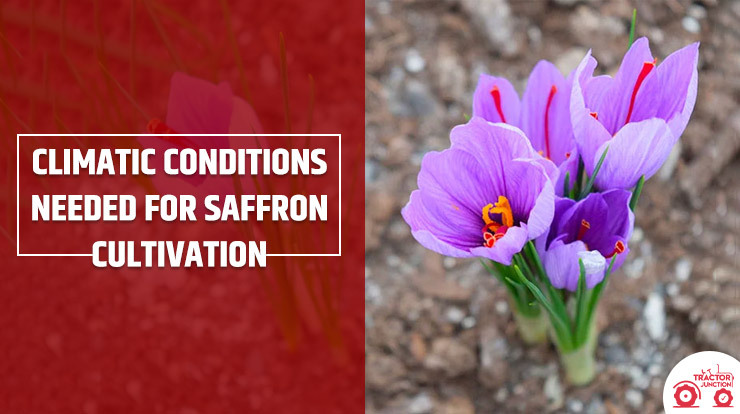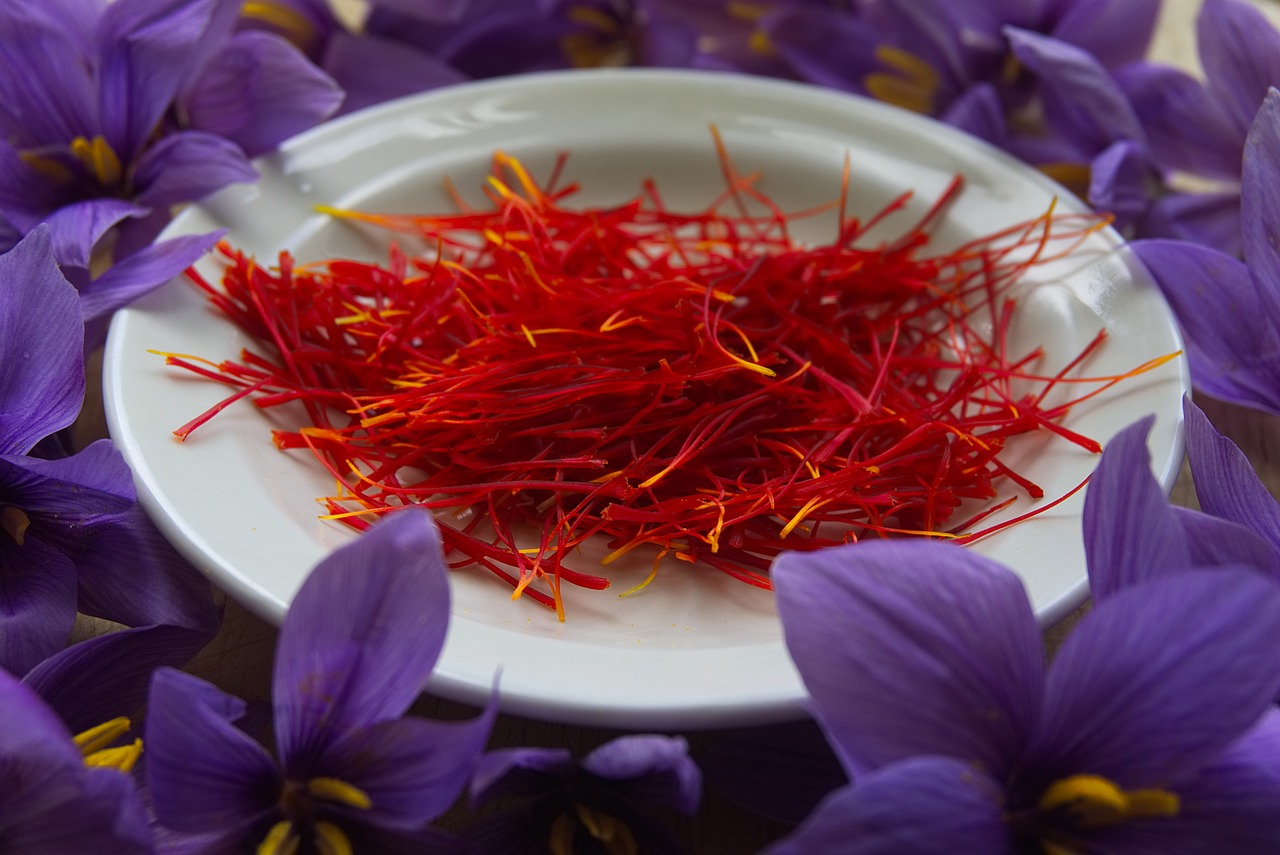Unlocking the Secrets of Saffron’s Demanding Nature
Saffron, the prized spice of culinary masters, has long been revered for its vibrant color and distinctive flavor. However, its allure is matched only by its notorious difficulty to cultivate. Many would-be growers have attempted to coax this exquisite spice from the earth, only to be met with disappointment and frustration. So, is saffron hard to grow? The answer lies in its unique requirements and the rewards that come with successfully meeting them. Saffron’s demanding nature is rooted in its specific climate, soil, and light needs, which can be challenging to replicate in home gardens or indoor spaces. Despite these obstacles, the benefits of growing saffron are well worth the effort. From its culinary and medicinal applications to its economic value, saffron is a spice that commands attention and respect. In this article, we’ll delve into the secrets of saffron cultivation, exploring the ideal conditions, common challenges, and expert tips for overcoming them.
The Ideal Environment: Creating a Haven for Saffron’s Delicate Roots
To successfully cultivate saffron, it’s essential to replicate the ideal environment that this spice requires. Saffron thrives in regions with mild winters and warm summers, making it a challenging crop to grow in areas with extreme temperatures. The ideal climate for saffron cultivation is characterized by cool winters, with temperatures ranging from 35°F to 45°F (2°C to 7°C), and warm summers, with temperatures between 65°F to 85°F (18°C to 30°C). In terms of soil, saffron prefers well-draining, fertile soil with a pH between 6.0 and 7.0. It’s also crucial to provide saffron with full sun to partial shade, as it requires at least six hours of direct sunlight per day. To create a haven for saffron’s delicate roots, gardeners can use raised beds or containers with good drainage, adding organic matter such as compost or manure to improve soil fertility. By replicating these ideal conditions, growers can increase their chances of successfully cultivating this exquisite spice.
How to Overcome Common Obstacles in Saffron Cultivation
Despite its allure, saffron is notorious for being challenging to grow, and many would-be growers have encountered obstacles that hinder its successful cultivation. One of the primary reasons why is saffron hard to grow is its susceptibility to pests, diseases, and nutrient deficiencies. Aphids, whiteflies, and spider mites are common pests that can damage saffron crops, while fungal diseases such as root rot and leaf spot can decimate entire harvests. To overcome these challenges, growers can employ integrated pest management strategies, such as introducing beneficial insects, practicing good sanitation, and using organic pesticides. Regular soil testing and fertilization can also help prevent nutrient deficiencies, which can lead to weak growth and poor flower production. Additionally, ensuring good air circulation, watering carefully, and providing support for the plants can help prevent disease and promote healthy growth. By being aware of these potential obstacles and taking proactive steps to prevent them, growers can increase their chances of successfully cultivating this exquisite spice.
The Art of Planting and Harvesting Saffron: A Step-by-Step Guide
Successfully cultivating saffron requires careful attention to detail, particularly when it comes to planting and harvesting. To ensure optimal growth and maximum yield, it’s essential to follow a step-by-step guide that covers every stage of the process. First, saffron corms should be planted in the fall, about 2-3 inches deep and 3-4 inches apart, in well-draining soil with a pH between 6.0 and 7.0. Water the soil gently but thoroughly, and mulch around the plants to retain moisture and suppress weeds. As the plants grow, ensure they receive full sun to partial shade and maintain a consistent watering schedule. When the flowers begin to bloom, typically in late fall, it’s essential to harvest them promptly to avoid damage from weather or pests. Gently remove the flowers from the soil, taking care not to damage the delicate stigmas. Dry the stigmas immediately to preserve their flavor and color, and store them in an airtight container to maintain their potency. By following this step-by-step guide, growers can overcome the challenges of cultivating saffron and enjoy a bountiful harvest of this exquisite spice. Remember, is saffron hard to grow? Yes, but with patience and attention to detail, the rewards are well worth the effort.
Saffron Varieties: Choosing the Right Type for Your Growing Conditions
With over 70 known varieties of saffron, selecting the right type for your specific growing conditions can be a daunting task. However, understanding the unique characteristics of each variety can significantly impact the success of your saffron cultivation. For instance, the ‘Aquila’ variety is known for its high-quality stigmas and is well-suited for cooler climates, while the ‘Dasteh’ variety is more tolerant of heat and dryness. The ‘Coupe’ variety, on the other hand, is prized for its vibrant yellow color and is often used in culinary applications. When choosing a saffron variety, consider factors such as climate, soil type, and desired use. For example, if you’re growing saffron in a region with high humidity, you may want to opt for a variety that’s more resistant to fungal diseases. By selecting the right variety for your specific growing conditions, you can increase your chances of success and enjoy a bountiful harvest of this exquisite spice. Remember, is saffron hard to grow? Yes, but with the right variety and growing conditions, the rewards are well worth the effort. Additionally, some saffron varieties are more forgiving than others, making them ideal for beginners. By understanding the unique characteristics of each variety, growers can make informed decisions and set themselves up for success in their saffron-growing journey.
Troubleshooting Common Problems in Saffron Growth
Despite the best efforts of saffron growers, common problems can arise during cultivation. Identifying and resolving these issues promptly is crucial to ensuring a healthy and thriving crop. One common problem is poor germination, which can be caused by inadequate soil moisture, incorrect soil temperature, or old corms. To overcome this, growers can try soaking the corms in water for 24 hours before planting, or using a heating mat to maintain optimal soil temperature. Weak growth can be another challenge, often resulting from inadequate light or nutrient deficiencies. Providing saffron plants with full sun to partial shade and fertilizing them regularly can help promote healthy growth. Discoloration, particularly a yellow or brown tint, can be a sign of disease or pest infestation. Inspecting plants regularly and treating any infestations promptly can help prevent the spread of disease. By being aware of these common problems and taking proactive steps to prevent and resolve them, growers can minimize losses and enjoy a successful saffron harvest. Remember, is saffron hard to grow? Yes, but with the right techniques and troubleshooting strategies, growers can overcome these challenges and reap the rewards of this exquisite spice.
The Rewards of Perseverance: Why Growing Saffron is Worth the Effort
Despite its notorious reputation for being challenging to grow, saffron offers a multitude of rewards for those who persevere. One of the most significant benefits is the culinary value of saffron, which is highly prized for its unique flavor and aroma. Saffron is a key ingredient in many traditional dishes, particularly in Middle Eastern and Mediterranean cuisine. Additionally, saffron has been used for centuries for its medicinal properties, including its anti-inflammatory and antioxidant effects. Growing saffron can also be a lucrative venture, as high-quality saffron is in high demand and can command a premium price. Perhaps most importantly, however, is the sense of accomplishment that comes with successfully cultivating this elusive spice. Is saffron hard to grow? Yes, but the rewards of perseverance far outweigh the challenges. By overcoming the obstacles of saffron cultivation, growers can experience a deep sense of pride and satisfaction, knowing that they have mastered the art of growing one of the world’s most coveted spices. Whether for culinary, medicinal, or economic reasons, growing saffron is an endeavor that is well worth the effort.
Conclusion: Embracing the Challenge of Growing Saffron
In conclusion, growing saffron is a challenging yet rewarding endeavor that requires patience, persistence, and dedication. By understanding the unique demands of saffron cultivation, from its ideal environment to its specific care and harvesting requirements, growers can overcome the obstacles that stand in their way. Is saffron hard to grow? Yes, but with the right knowledge and techniques, anyone can successfully cultivate this exquisite spice. Whether you’re a seasoned gardener or a beginner, the rewards of growing saffron are well worth the effort. From its culinary and medicinal value to its economic potential, saffron offers a multitude of benefits that make it a worthwhile pursuit. So, embark on your own saffron-growing journey today, and discover the satisfaction that comes with mastering the art of cultivating this elusive spice.






